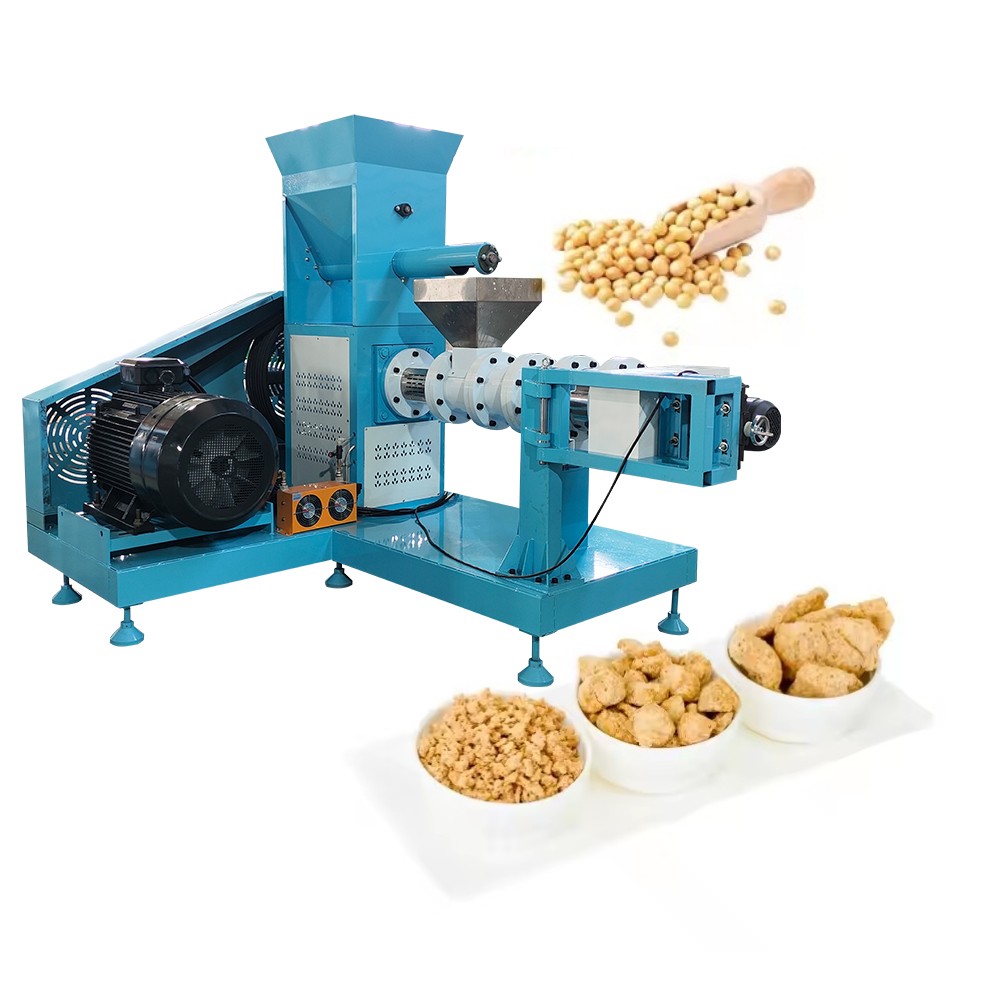During the operation of the oil press, the oil press often encounters the problem of too much slag, which causes the squeezed oil to be absorbed by the oil residue in large quantities, thus affecting the overall output. In order to help everyone better deal with this problem, we have summarized four common oil press slag conditions and their corresponding solutions.
Analysis of slag problems in oil press
Slag flakes
Slag flakes are usually caused by the squeezing ring being too loose, which is usually caused by the squeezing ring being too loose, and tightening the squeezing ring can solve it. However, if the squeezing ring is already tight and cannot be tightened anymore, and slag flakes still appear, it may be that the squeezing ring is padded by the material or the slices are produced at the same position for a long time, causing the wear and tear of the place. If the slices are produced during the running-in period, the squeezing ring will wear faster, and tightening will be ineffective, and the accessories need to be replaced directly.
Problem of broken slag
A small amount of broken slag is normal, but too much is abnormal. It is necessary to observe the position of the oil press slag. If the amount of slag at a certain position is large, the pressure at that position may be abnormal. Check whether the screw and the pressing ring at that position are damaged or have a smooth bore phenomenon. If the whole bore slags, it is necessary to check the raw materials.
Dry powder slag problem
Dry powder slag problem Dry powder slag indicates that the raw material is too dry. Dry powder slag mostly appears in the front row, which indicates that the raw material is too dry. This problem can be solved by spraying water appropriately.
Severe slag problem
If the oil press has been slaging seriously regardless of the raw material since it was purchased, the quality problem of the oil press should be considered. It may be a problem with the quality or workmanship of the oil press itself, and the manufacturer needs to be contacted to solve it.
